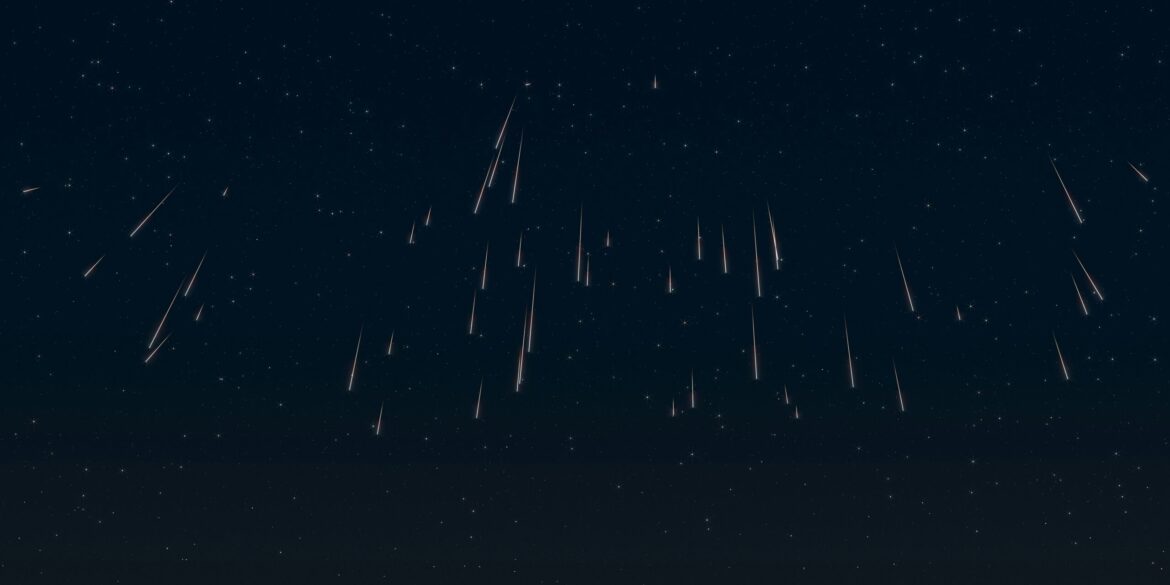Astronomers are anticipating a rare and spectacular Draconid meteor outburst on October 8, 2025, with significantly enhanced activity expected to peak between 15:00 and 16:00 UTC. This event is expected to be one of the most intense Draconid showers in recent years, potentially marking one of the strongest meteor outbursts of the decade. The source of this celestial display will be Earth’s passage through young trails of debris ejected by comet 21P/Giacobini-Zinner, which last passed through the inner solar system in 2005 and 2012. These trails are expected to generate a higher-than-usual number of meteors, providing a rare opportunity for astronomers and skywatchers alike.
The Draconid meteor shower, which occurs annually in early October, is known for its unpredictable nature, with some years experiencing minimal activity while others feature stunning outbursts. This year, the anticipated peak activity will occur when Earth passes through these particularly young and dense trails of debris. These trails, left behind by the comet as it passed through the solar system in the past, are expected to produce an extraordinary number of meteors, making this event a must-watch for astronomy enthusiasts.
One of the unique aspects of this year’s Draconid meteor outburst is that it is predicted to be a radar-dominated event. While most meteor showers are typically observed with the naked eye, radar observations are expected to play a key role in monitoring and recording the increased meteor activity. This makes the event particularly exciting for scientists, as they plan to use radar measurements to validate models that predict the timing, intensity, and distribution of the meteor showers.
Observing campaigns are being organized, particularly in the Northern Hemisphere, where conditions are expected to be most favorable for radar measurements. These campaigns will not only focus on capturing the visual display of the meteors but also on refining meteor shower prediction models and gaining a better understanding of how cometary debris affects Earth’s atmosphere. The data gathered could significantly enhance the accuracy of future meteor shower predictions and deepen our understanding of the nature of comet trails.
Skywatchers in areas with clear skies and minimal light pollution are also encouraged to look up during the predicted peak, as the Draconid meteors are known for their stunningly bright streaks. Unlike other meteor showers, the Draconids tend to be more active in the afternoon hours rather than the typical nighttime peak, providing a unique opportunity for observers to witness the phenomenon during daylight hours in certain regions.
For those hoping to catch the best view of the meteor outburst, it will be important to monitor local weather forecasts, as the visibility of the meteors will depend on cloud cover and atmospheric conditions. The event promises to be a dazzling display in the skies and an important occasion for both casual observers and professional astronomers.

